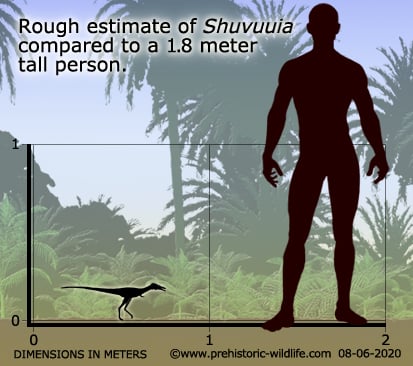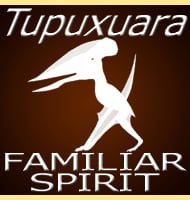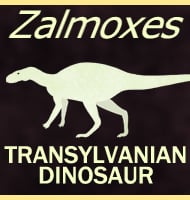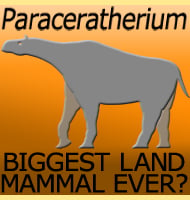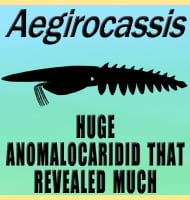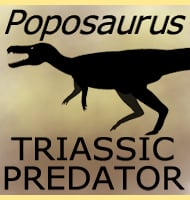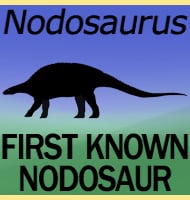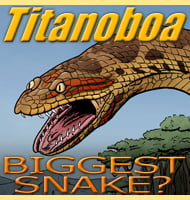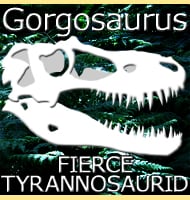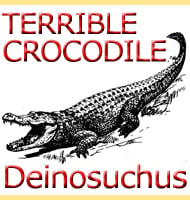In Depth
At just over half a meter in length, Shuvuuia is not just one of the smallest alvarezsaurs, it is among the smallest known dinosaurs. It is thanks to this small size that the Shuvuuia holotype was so well preserved because it could be buried much more quickly than a larger dinosaur (larger dinosaurs are only very rarely preserved complete). Like relatives, Shuvuuia had an enlarged thumb spike, but also retained two other digits that were greatly reduced. Shuvuuia is also noteworthy in that the upper jaws (the forward portion of the skull), can independently flex from the braincase (rear portion of the skull). This adaptation may have been to help Shuvuuia reach into tight corners to pluck out prey like insects and grubs.
It seems that Shuvuuia likely had a covering of primitive hair-like feathers covering the body. This is because the type specimen of Shuvuuia was preserved with hollow structures similar to feather rachis surrounding the bones of the body. These structures have been bio-chemically treated and revealed to contain beta-keratin, but no alpha keratin, which means that the correct boxes can be ticked to reveal that these were feathers.
Another alavarezsaur from the same formation as Shuvuuia is named Kol. Potential predatory threats to Shuvuuia might include dromaeosaurids such as Tsaagan, Velociraptor, Saurornithoides and Mahakala, as well as troodontids Byronosaurus and Gobivenator. Shuvuuia however were probably too small to have been bothered by larges predators such as tyrannosaurs like Alectrosaurus.
Further Reading
- The skull of a relative of the stem-group bird Mononykus. - Nature, 392(6673): 275-278. - L. M. Chiappe, M. A. Norell & J. M. Clark - 1998. - Beta-keratin specific immunological reactivity in feather-like structures of the Cretaceous alvarezsaurid, Shuvuuia deserti. - Journal of Experimental Zoology (Mol Dev Evol), 285: 146-157. - M. H. Schweitzer, J.A. Watt, R. Avci, L. Knapp, L. Chiappe, M. Norell & M. Marshall - 1999. - A new specimen of Shuvuuia deserti Chiappe et al., 1998, from the Mongolian Late Cretaceous with a discussion of the relationships of alvarezsaurids to other theropod dinosaurs. - Contributions in Science (Los Angeles), 494: 1-18. - S. Suzuki, L. Chiappe, G. Dyke, M. Watabe, R. Barsbold & K. Tsogtbaatar - 2002.
